Panasonic Lumix S5 II vs Lumix S5
The brand new Panasonic Lumix S5 II really raises the bar for video, so how does it compare to the original Lumix S5?
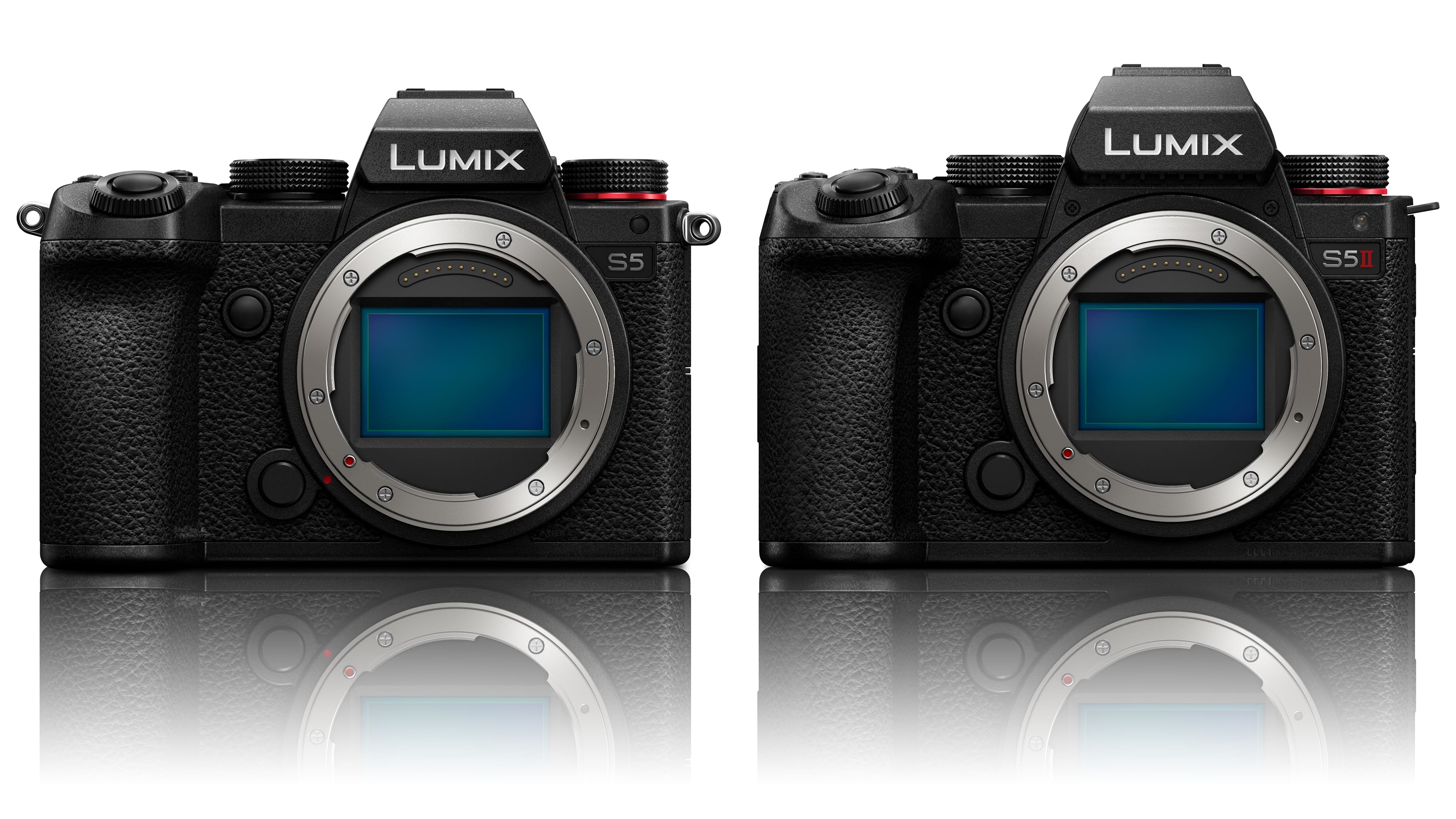
Things have been pretty quiet for Panasonic’s full frame Lumix S cameras for the past couple of years. The Lumix S1H has steadily built a reputation as a solid film-making tool but the Panasonic S1 and S1R, the cameras that kick-started the series, were looking a bit dead in the water.
It’s been left to the compact, likeable and most affordable Lumix S5 to carry the whole brand, with its workmanlike 24MP resolution and better-than-average video capabilities.
But the Lumix S5 – or at least the public’s perception of it – has been hampered by Panasonic’s determination to stick to its DFD contrast AF system when all its mirrorless camera competitors have long ago switched to phase-detect AF.
The brand new Lumix S5 II has changed all that. Panasonic has finally switched to a hybrid phase/contrast AF system that could put it on the same footing as its Canon, Nikon and Sony rivals.
Not only that, Panasonic has dramatically upped the video features too, making the S5 II practically as powerful as its flagship Lumix S1H.
The original Lumix S5 stays on sale for now, but is the S5 II such a huge leap forward that it’s simply not worth considering? Will it become the best Panasonic camera? That depends on whether you shoot stills or videos, so let’s take a deeper dive into the specs and how they compare.
Panasonic Lumix S5 II vs Lumix S5
Why you can trust Digital Camera World
1. Sensor
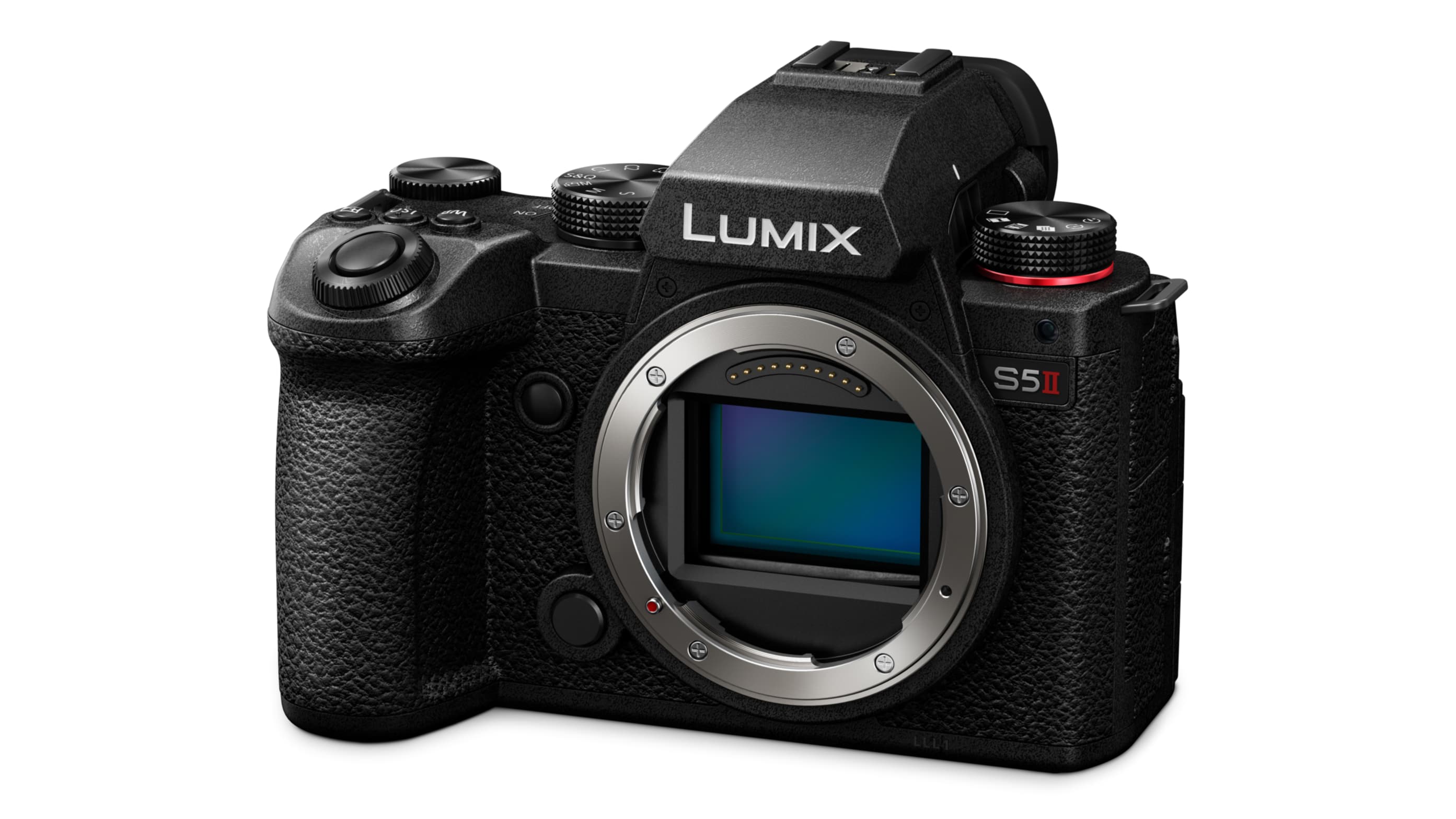
• Lumix S5 II: 24.2MP full frame CMOS, new processing engine
• Lumix S5: 24.2MP full frame CMOS
Both cameras use a 24.2MP full frame CMOS sensor, but the Lumix S5 has a new processing engine which, Panasonic says, produces more true-to-life colors and a “natural three-dimensional effect”. Both cameras have dual native ISO circuitry and the same ISO 100-51,200 sensitivity range (ISO 50-102400 in extended mode). For stills photography, it seems unlikely you’ll see any substantial difference, and perhaps for video too – though the S5 II does have greatly improved video features in other respects.
2. Autofocus
• Lumix S5 II: Phase hybrid AF
• Lumix S5: DFD contrast AF
Panasonic’s long reliance on its advanced DFD contrast AF has put off many filmmakers with its occasional tendency towards AF ‘pulsing’ and perceived inferiority to phase-detect rivals, so Panasonic’s switch to a hybrid phase/contrast setup in the S5 II is a bit of a watershed moment for the company.
It offers Tracking / Full Area AF / Zone (Horizontal/Vertical) / Zone / 1-Area+ / 1-Area / Pinpoint modes with optional Automatic Detection to switch between Human/ Face/Eye/ Animal+Human, except when Pinpoint is set. It also has AF Sensitivity, AF Area Switching Sensitivity, and Moving Object Prediction settings, so we look forward to finding out how it performs compared to existing Lumix models.
3. Video
• Lumix S5 II: 6K ‘open gate’ up to 30p, 5.9K up to 30p, C4K/4K 10-bit 4:2:2 internal up to 60p (APS-C/Super35 crop)
• Lumix S5: 4K 10-bit 4:2:2 up to 30p, 10-bit 4:2:0 up to 60p (APS-C/Super35 crop)
The ‘old’ Lumix S5 was already a pretty impressive hybrid video camera offering C4K/4K capture up to 60p, albeit with a drop from 4:2:2 to 4:2:0 compression for the higher frame rate, but the Lumix S5 II goes way further and it’s probably the single most significant upgrade (apart from the phase AF) in this new camera.
First off, the S5 II can shoot 6K ‘open gate’ footage using the full 3:2 sensor area, or 5.9K in 16:9 mode. This opens the door to higher-quality video and/or more post-shoot cropping flexibility. It's a shame, though, that you still have to switch to an APS-C/Super35 crop to record 4K 60p.
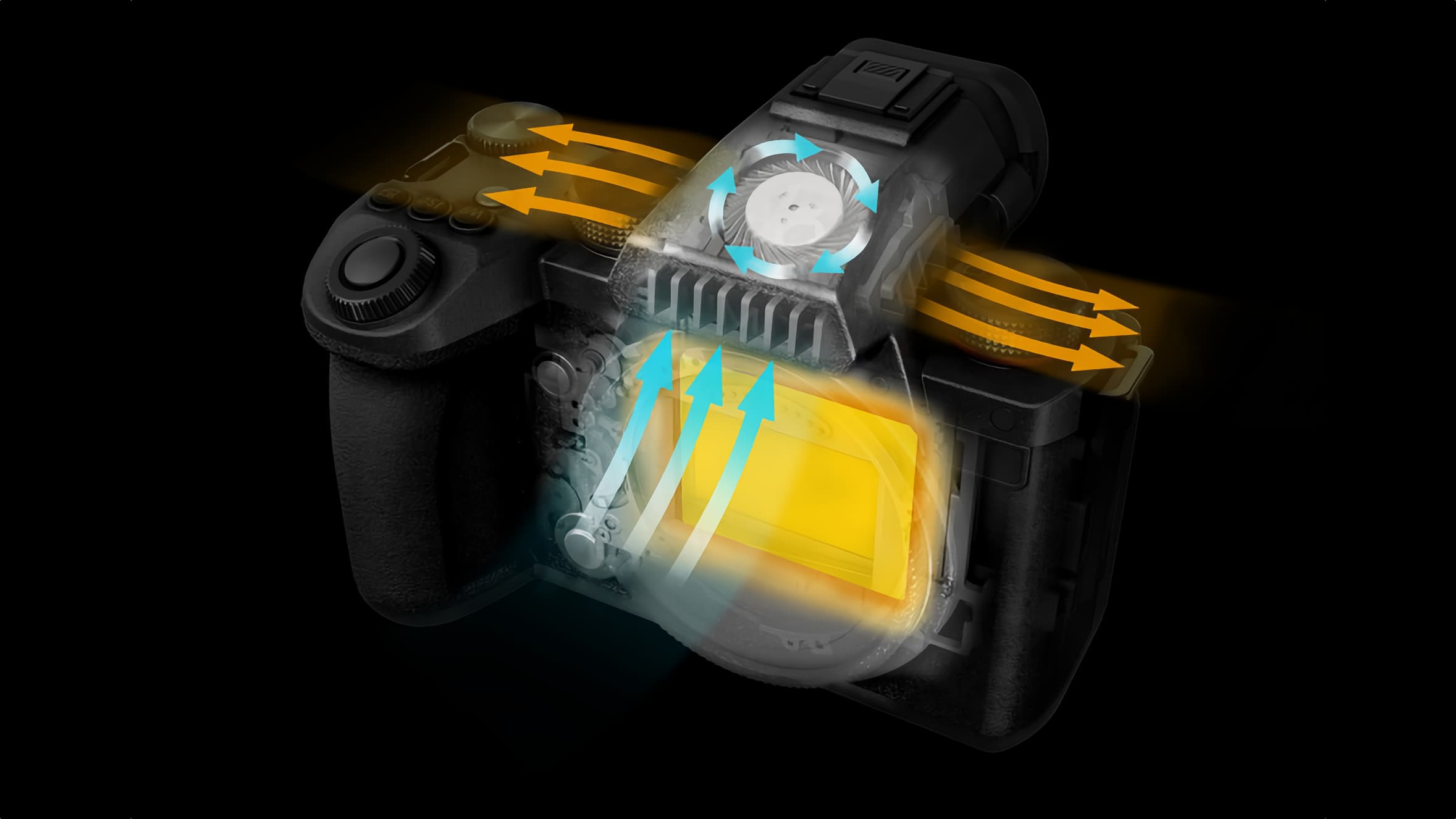
Second, the S5 II has a built-in fan cleverly housed in the ‘pentaprism’ on the top of the camera, which Panasonic says gives the camera “unlimited” recording times (excluding extreme conditions).
The Lumix S5 II also has a new Active I.S. digital stabilization mode, it supports the loading of user LUTs for graded footage straight from the camera rather than having to apply LUTs in an editor later and, last but not least, it has a full-size HDMI port for external recorders.
It’s no exaggeration to say that the Lumix S5 II has had a huge video upgrade. The original S5 was a more than competent hybrid camera, but the S5 II takes filmmaking to another level.
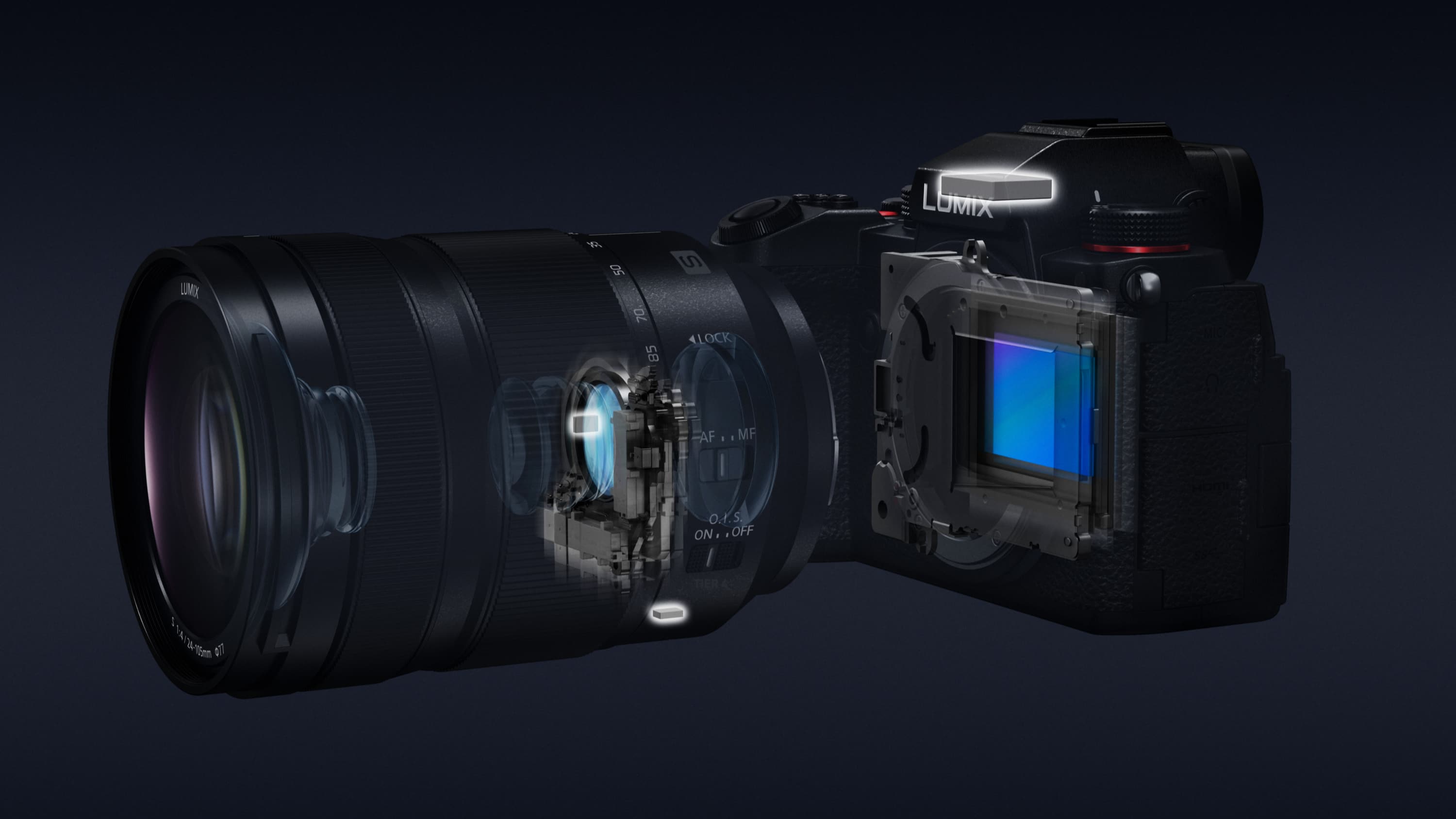
4. Burst shooting
• Lumix S5 II: 9fps, 7fps with Live View, 5fps with AF-C, 30fps electronic shutter
• Lumix S5: 7fps, 5fps with Live View and AF-C, 7fps electronic shutter
It’s not just the video features that have been improved, as the Lumix S5 II offers faster continuous shooting too. The frame rate with the mechanical shutter has gone up from 7fps to 9fps, though this still drops to 5fps if you want Live View and continuous AF. It’s also possible to shoot a 30fps with the electronic shutter now, compared to a measly 7fps on the S5.
5. 6K/4K Photo
• Lumix S5 II: N/A
• Lumix S5: 6K Photo, 4K Photo, HLG Photo
Interestingly, there’s no mention of 6K or 4K Photo modes in the Lumix S5 II’s specs. It looks as if Panasonic may quietly be dropping this stills-from-video mode with its long-duration high-speed capture and post-focus capabilities. It’s a shame since these are quite clever, but perhaps so far outside mainstream use (or understanding) that no one actually bothered with them.
6. EVF
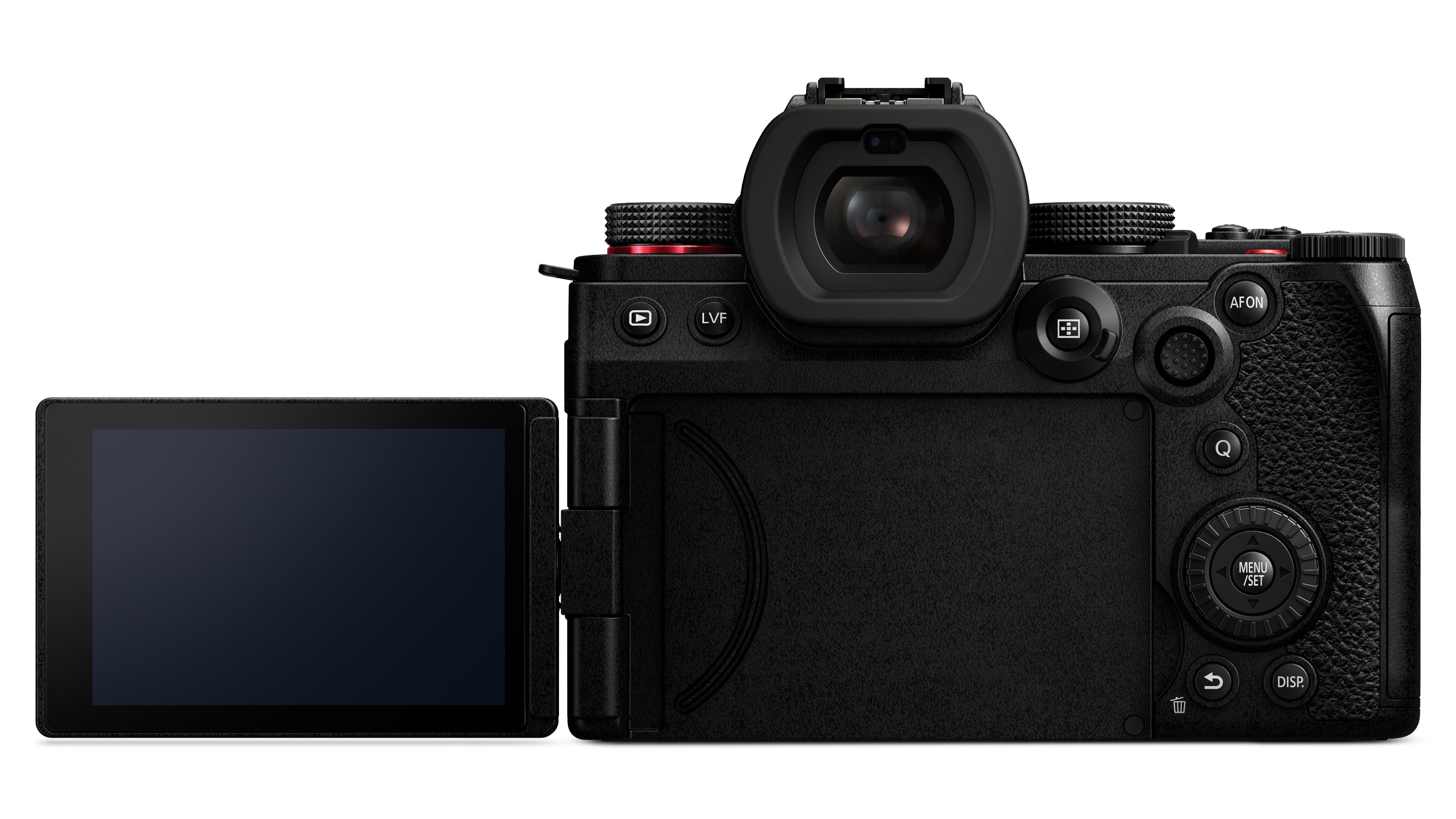
• Lumix S5 II: 3.68m dots OLED
• Lumix S5: 2.36m dots OLED
Most of the Lumix S5 II’s advantages over the S5 relate to video, but it also has a better EVF. The 2.36 million dot EVF on the original Lumix S5 always seemed a little on the mean side, but the new model boosts this to 3.68 million dots. It’s still by no means the highest resolution EVF on the market – quite average, actually – but it’s a worthwhile improvement.
7. Battery life
• Lumix S5 II: 370 shots, 1.400 shots in Power Save LVF mode
• Lumix S5: 440 shots, 1,500 shots in Power Save LVF mode
Not everything about the S5 II is better. The specs reveal a slight reduction in battery life, down form 440 shots for the S5 to 370 shots. It’s not a huge drop, but it is significant, and can perhaps be blamed on the new phase-detect AF and perhaps the new processing engine, or even the better EVF.
8. Dimensions
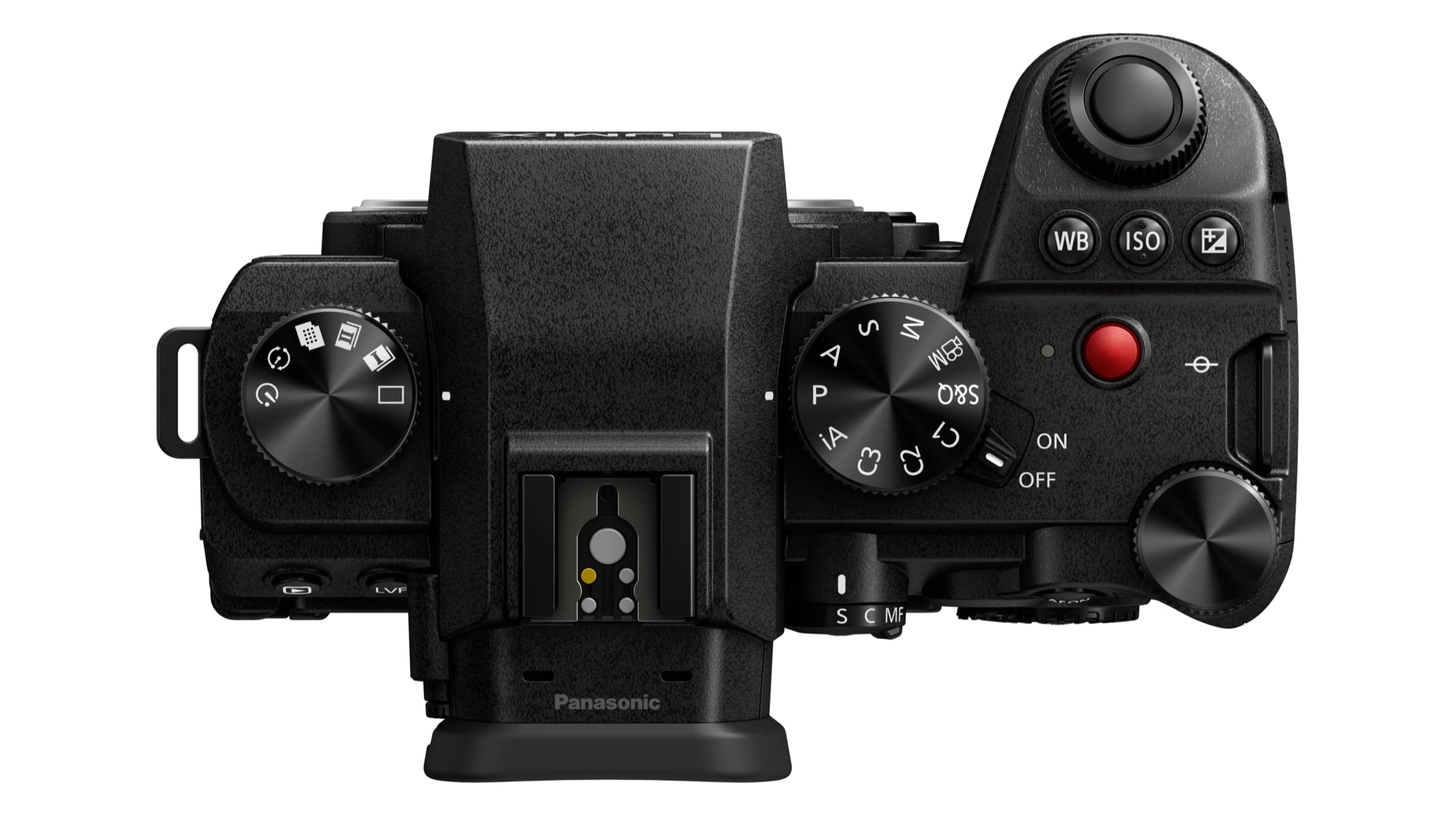
• Lumix S5 II: 134.3 x 102.3 x 90.1mm, 740g
• Lumix S5: 132.6 x 97.1 x 81.9mm, 714g
Panasonic has done well to keep the Lumix S5 II so close to the dimensions and weight of the original camera, given the integration of a cooling fan and the greater video processing power generally. It’s a couple of millimeters wider, 5mm taller, and deeper in the body, mostly because the EVF eyepiece sticks out a lot further. The weight difference is probably too small to notice.
Panasonic Lumix S5 II vs Lumix S5: verdict
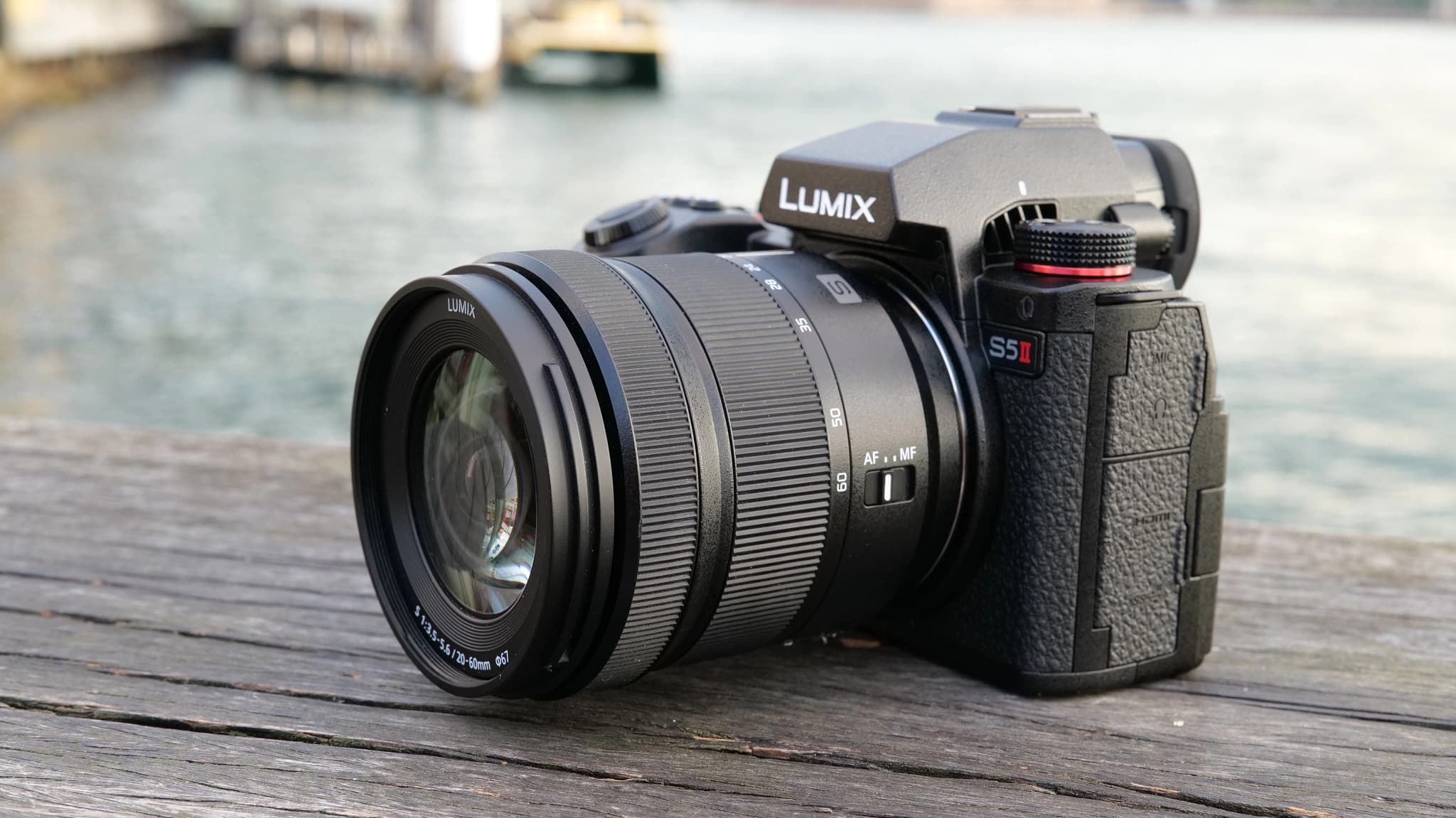
Panasonic says that the original Lumix S5 will stay on sale at a lower price, and for anyone primarily interested in stills it does look like a very strong proposition, even now. Panasonic’s DFD AF is more than capable of keeping up with stills photography, and both the resolution and the ISO range are unchanged in the new camera. The Lumix S5 II is technically faster for burst shooting, but neither camera is really a specialist in this respect.
For video, however, the choice is obvious. Good as the original S5 is, the S5 II completely trounces it, for not a lot more money. With 6K capture, hybrid phase AF, full-size HDMI, Active I.S. and more, the Lumix S5 II is the clear and obvious choice as a camera for video. Even if you don’t need all its video features right now, one day you might be glad of them.
See also Panasonic Lumix S5 II vs S5 IIX
Get the Digital Camera World Newsletter
The best camera deals, reviews, product advice, and unmissable photography news, direct to your inbox!

Rod is an independent photography journalist and editor, and a long-standing Digital Camera World contributor, having previously worked as DCW's Group Reviews editor. Before that he has been technique editor on N-Photo, Head of Testing for the photography division and Camera Channel editor on TechRadar, as well as contributing to many other publications. He has been writing about photography technique, photo editing and digital cameras since they first appeared, and before that began his career writing about film photography. He has used and reviewed practically every interchangeable lens camera launched in the past 20 years, from entry-level DSLRs to medium format cameras, together with lenses, tripods, gimbals, light meters, camera bags and more. Rod has his own camera gear blog at fotovolo.com but also writes about photo-editing applications and techniques at lifeafterphotoshop.com
